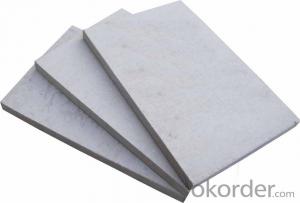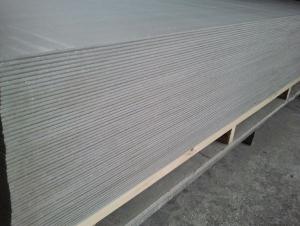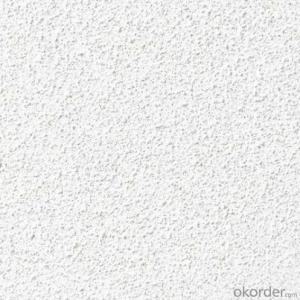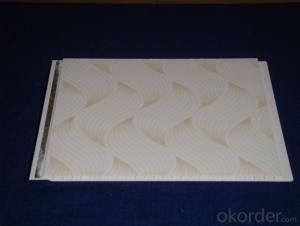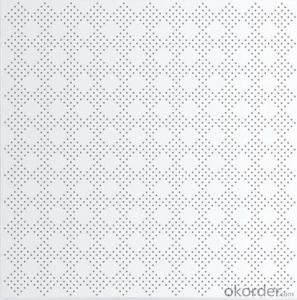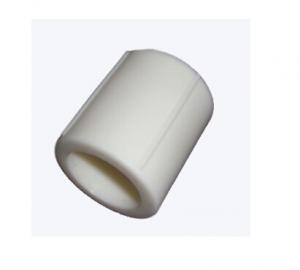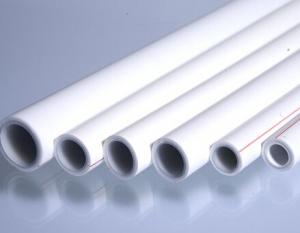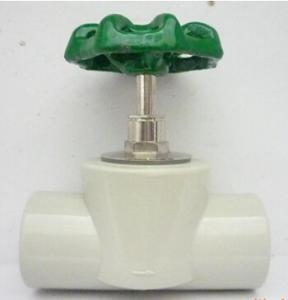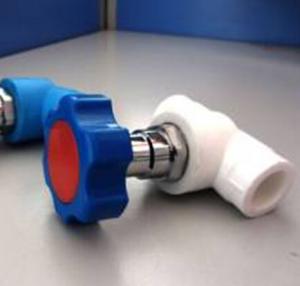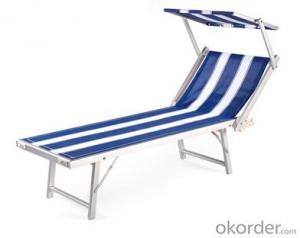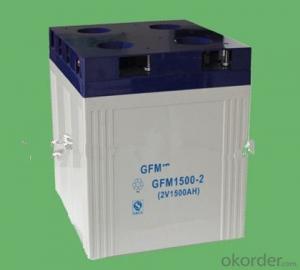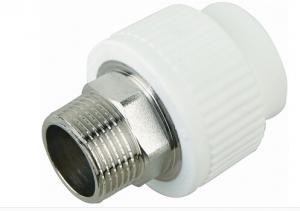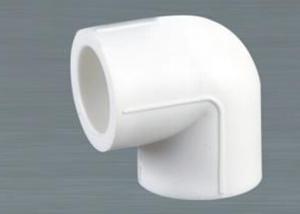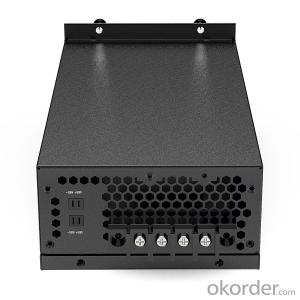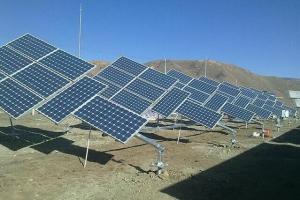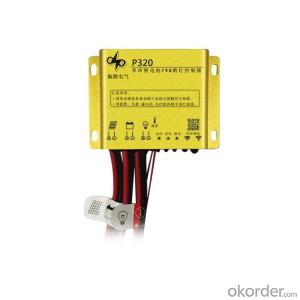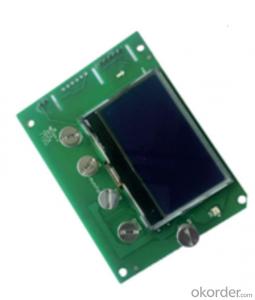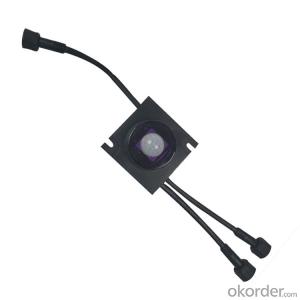Solar Battery With Inverter
Solar Battery With Inverter Related Searches
Stainless Steel Bucket With Lid Hot Water Bottle With Hose High Five Stainless Steel Prop Solar Panel Kit With Inverter Rv Solar System With Inverter Cover Ham With Aluminum Foil Aluminum Post With Base Plate Wrap Feet With Aluminum Foil Curl Hair With Aluminum Foil Aluminum Foil Pans With LidsHot Searches
Price For Stainless Steel Scrap Scrap Price For Stainless Steel Price For Stainless Steel Cheap High Tea Sets For Sale Price Of Shipping Containers For Sale Stock Price For Aluminum Cheap Solar Cells For Sale Air Pump For Aquarium Price Inverter Size For Solar System Used Foam Board Insulation For Sale Price List For Building Materials Magnesium Oxide Board For Sale Hdf Board For Sale sintra board for sale Cheap Mini Laptops For Sale Plywood For Sale Cheap Cheap Washers For Sale Cheap Tall Vases For Sale Solar With Inverter Price Price For Stainless Steel ScrapSolar Battery With Inverter Supplier & Manufacturer from China
Okorder.com is a professional Solar Battery With Inverter supplier & manufacturer, offers integrated one-stop services including real-time quoting and online cargo tracking. We are funded by CNBM Group, a Fortune 500 enterprise and the largest Solar Battery With Inverter firm in China.Hot Products
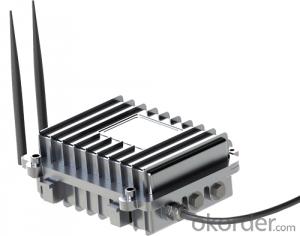
Internet of Things Wireless Centralize Controller Remote Monitor System MPPT Solar Charge Controller
FAQ
- Yes, a solar controller can be used for battery charging in remote locations. Solar controllers are designed to regulate the charging process of solar panels and efficiently charge the batteries. This makes them an ideal solution for remote locations where access to the main power grid may be limited or non-existent. By harnessing solar energy, the solar controller can charge batteries and provide a reliable power source in areas far away from civilization.
- There are a few effective measures you can take to protect a solar controller from theft or vandalism. Firstly, consider installing the controller in a secure and inconspicuous location, making it less visible and accessible to potential thieves. Additionally, you can use tamper-proof screws or locks to secure the controller's enclosure, making it harder to remove. Installing a surveillance camera or an alarm system in the vicinity can act as a deterrent and help in identifying any suspicious activity. Lastly, it's advisable to clearly mark the solar controller with warning signs indicating surveillance or security measures, which can discourage potential vandals or thieves.
- The maximum load current of a solar controller depends on its specifications and capabilities. Solar controllers are designed to regulate and control the flow of electricity from solar panels to the load, such as batteries or appliances. The maximum load current refers to the highest amount of current that the solar controller can handle without being overloaded. The maximum load current of a solar controller is typically mentioned in its product specifications. It is important to choose a solar controller with a maximum load current that is suitable for the intended load. Exceeding the maximum load current can lead to overheating and potential damage to the controller. To determine the appropriate maximum load current for your specific needs, consider the power requirements of the load you are connecting to the solar controller. Ensure that the solar controller's maximum load current is equal to or higher than the load's maximum current draw. This will ensure the safe and efficient operation of the solar controller and the connected load. It is also worth noting that some solar controllers offer protection features like overload protection and short circuit protection. These features can help safeguard the controller against excessive current and prevent any potential damage.
- When purchasing a solar controller, it is important to consider the following key features: 1. Maximum Current and Voltage Capacity: The controller should be able to handle the maximum current and voltage output of your solar panels to ensure efficient charging and protection. 2. Battery Compatibility: Ensure that the controller is compatible with the type and capacity of the battery you are using to prevent damage and optimize charging efficiency. 3. Charge Regulation: Look for a controller that offers accurate and efficient charge regulation to prevent overcharging or undercharging of the battery, which can affect its lifespan. 4. Display and Monitoring: A controller with a clear display and monitoring options allows you to keep track of battery status, solar input, and other important information for better control and maintenance. 5. Temperature Compensation: Consider a controller that offers temperature compensation to adjust the charging voltage based on temperature changes, as this can improve battery performance and lifespan. 6. Protection Features: Look for features like overcharge, short-circuit, over-discharge, and reverse polarity protection to safeguard your solar system and battery from potential damage. 7. System Expandability: If you plan to expand your solar system in the future, choose a controller that allows for easy integration and expansion to accommodate additional solar panels or batteries. By considering these key features when purchasing a solar controller, you can ensure optimal performance, protection, and longevity of your solar system.
- A solar controller works by regulating the flow of electricity between the solar panels and the battery bank. It monitors the voltage of the batteries and adjusts the charging current accordingly, ensuring optimal charging without overcharging. Additionally, it protects the batteries from over-discharging by disconnecting them from the solar panels when the voltage drops below a certain level. Overall, the solar controller helps to maximize the efficiency and lifespan of the solar system.
- Yes, a solar controller can definitely be used in RVs or caravans. In fact, it is highly recommended to use a solar controller with solar panels in these vehicles. A solar controller, also known as a charge controller, helps regulate the flow of electricity from the solar panels to the battery bank, preventing overcharging and extending the life of the batteries. It also protects sensitive electronic devices and appliances in the RV or caravan from voltage spikes or fluctuations. So, by using a solar controller, you can efficiently and safely harness solar power for your vehicle's electrical needs while on the road or during camping trips.
- A solar charge controller and a solar regulator are essentially the same thing. They are electronic devices used in photovoltaic systems to regulate the flow of electricity between the solar panels and the battery bank. Both terms are used interchangeably to refer to the same device.
- To prevent damage to solar panels from lightning strikes, a solar controller serves as a protective shield, separating the panels from the electrical surges generated by lightning. Functioning as a charge controller, the solar controller regulates the flow of electricity from the panels to the battery or grid. When lightning strikes, a significant amount of electrical energy is discharged, posing a threat to electronic devices, including solar panels. The solar controller plays a pivotal role in safeguarding the panels by implementing various protective mechanisms. Firstly, the solar controller typically incorporates surge protection features capable of identifying and diverting excessive voltage resulting from lightning strikes. Acting as a buffer, it prevents the surge from reaching and harming the panels. By absorbing and dissipating the surplus energy, the controller ensures a stable and safe voltage level for the panels. Moreover, advanced solar controllers may include grounding systems. These systems establish a low-resistance pathway for electrical surges to travel safely into the ground, avoiding contact with the solar panels altogether. By redirecting the electrical energy produced by lightning away from the panels, the controller minimizes the risk of damage. Furthermore, solar controllers often possess built-in monitoring capabilities. They can detect alterations in electrical parameters, such as voltage or current, and swiftly respond to abnormal conditions. In the event of a lightning strike or surge, the controller can temporarily shut down the system to safeguard the panels until the threat has subsided. In essence, the solar controller serves as a critical defense against lightning strikes, preventing harm to solar panels by diverting, dissipating, or grounding excessive electrical energy. Its surge protection, grounding, and monitoring features collaborate to shield the panels and ensure their durability and efficiency.

